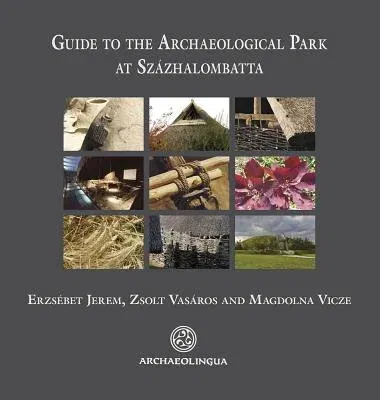The Archaeological Park of Százhalombatta was the first interactive
display site presenting prehistoric monuments in Hungary. Created with
generous support from the Százhalombatta Municipal Council, it was
opened to the public in 1996. This unique establishment, offering a
taste of Hungary's cultural heritage, was created in the southern part
of the several hectares large area of the Iron Age tumulus burial ground
that gave the city of Százhalombatta its name (száz halom means 'a
hundred mounds' in Hungarian). The Archaeological Park was established
with a two-fold purpose. First, to offer visitors a hands-on, personal
experience of prehistoric life instead of a remote, lifeless world
locked into museum cabinets. The permanent programmes include family
days and craft activities, alongside summer workshops for children.
Second, the park is simultaneously a setting for archaeological
experiments where, in addition to the construction of faithful replicas
of various ancient buildings, various experiments are conducted using
prehistoric techniques and copies of prehistoric tools and implements.
Visitors to the park can see authentic reconstructions of houses, ovens
and ancillary buildings of the Bronze Age and the Iron Age, the two
best-known prehistoric periods at Százhalombatta. The archaeologists
working on the prehistoric site, where they excavated and meticulously
documented the remnants of one-time buildings (post-holes, wall remains,
floors, hearths, ovens, etc.), enlisted the expertise of architects and
various craftsmen to rebuild the former buildings.

